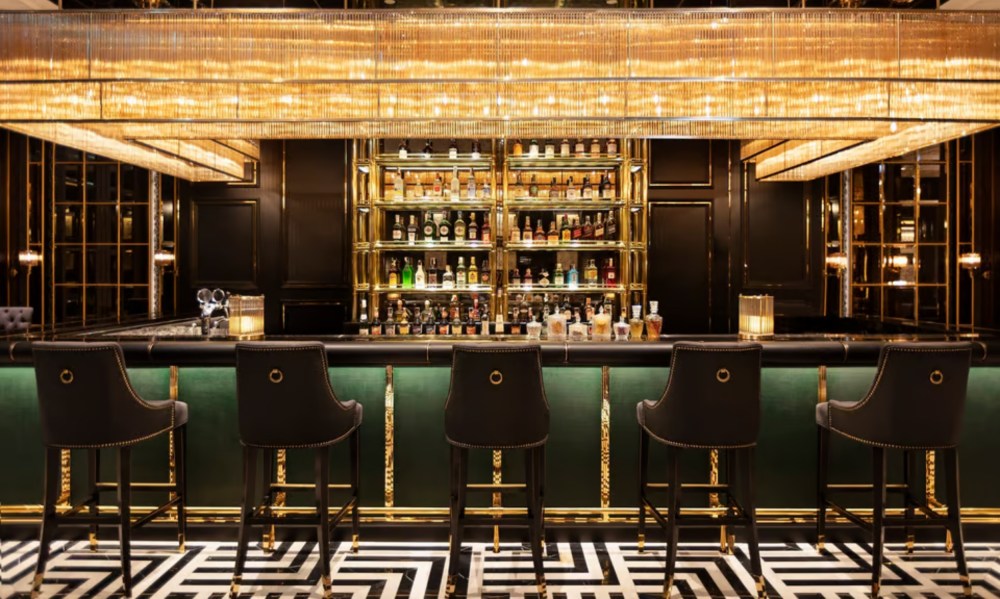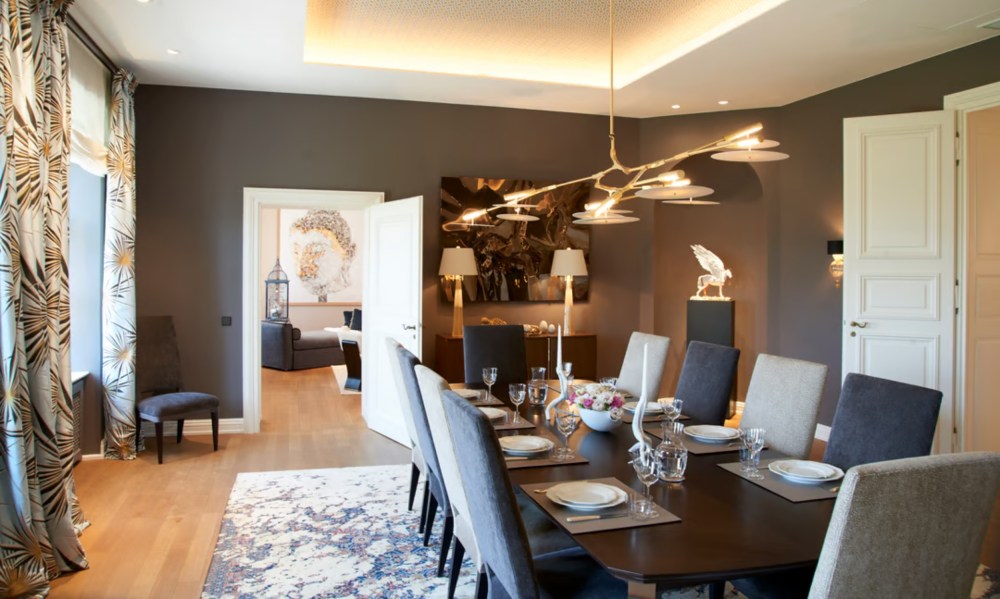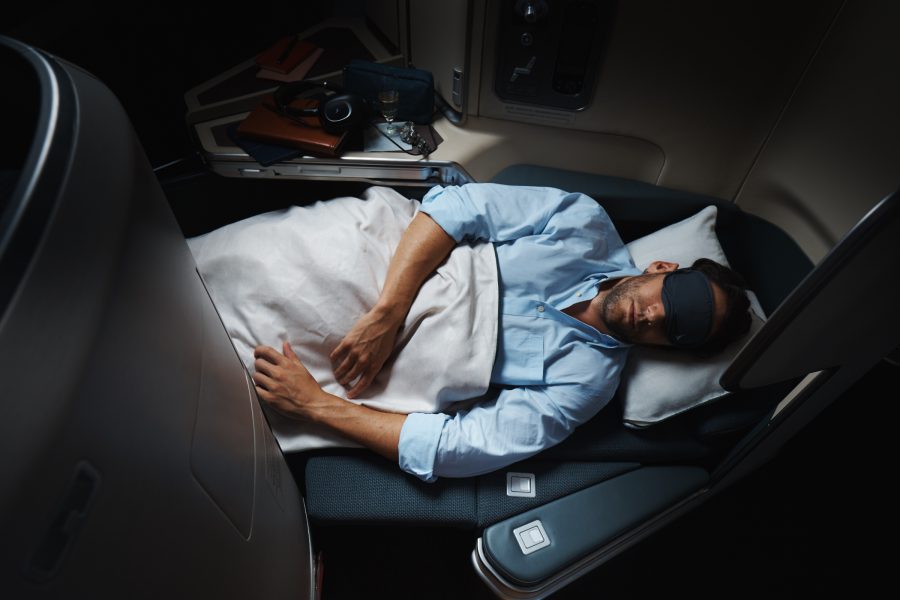Just under 12 months ago, there was a changing of the guard at Europe’s oldest luxury hotel group Kempinski when former Silversea Cruises executive Barbara Muckermann took over as the Chief Executive, marking the first time in the 127-year history of the group that a female has been at the helm of the business.
Since May last year, Muckermann has certainly been making moves to strengthen and expand the brand, which currently has 79 hotels in 35 countries, spanning Germany to China, Singapore and the Middle East.

Muckermann, who has 25 years of hospitality experience, has successfully expanded sales and profitability in her career, as well as significantly upgraded the guest and customer experience for leading global brands in luxury and travel including Silversea (part of the publicly listed Royal Caribbean Group), Loro Piana, MSC Cruises and NCL.
What you can now expect with Kempinski is an elevation of the brand further into the luxury realm, assisted by a robust pipeline of 38 hotels and residences that will join the group in Europe, the Middle East, Asia and Africa.
To assist with that, Muckermann has already made some major changes at the organisation, particularly at the C-Suite level, signaling that Kempinski is extremely invested in hiring top talent globally.
New hires include experienced hotelier Gordon Drake from The Doyle Collection as new Chief Financial Officer, Massimo Brancaleoni from Silversea Cruises as Chief Commercial Officer, Rasha Lababidi from Emaar and Hyatt International as Chief Product Officer and scoring a major coup in hiring LVMH executive Karin Raguin as new Chief Human Resources Officer.
In a speech to the Europe’s luxury media at ITB Berlin during early March, Muckermann said: “This moment marks the beginning of a new era for Kempinski Hotels. In the future, the company will focus on even greater excellence and redefine its standards.
“In the course of this strategic reorientation, significant changes are imminent,” she said.
Muckermann said there are several key points of the company’s reorganisation, including setting higher quality standards for the group as it aims to take a stronger play for the global luxury traveller.

“Kempinski is setting new standards in the luxury segment in order to offer guests an exceptional experience worldwide,” she said.
While no changes have been announced yet, new management of properties like the stunning Royal Residence at Nymphenburg Palace in Munich are helping the upscaling of the brand further in the luxury space.
The company is also aiming to add more properties firmly targeted at the luxury leisure traveller. With 77% of the current portfolio consisting of city hotels, Kempinski looks ahead to specifically add new resorts and leisure destinations to its portfolio to meet increasing demand in the luxury leisure segment.
Speaking exclusively to HM and Wayfarer, Muckermann said there are a number of destinations around the globe where there is immense potential, particularly across Asia Pacific, where the portfolio can be further expanded in order to utilise the regional market strength.
“Asia is an area of strength for Kempinski with huge opportunity in two areas, South-East Asia and China,” she said. “In South-East Asia, we can leverage on our collection of best in class hotels – The Apurva Kempinski Bali, The Capitol Kempinski Hotel Singapore and our two properties in Bangkok – Siam Kempinski Hotel and Sindhorn Kempinski Hotel – there is significant opportunity to add more hotels to the ecosystem in Thailand, Indonesia, Vietnam and beyond.
Additionally in China, thanks to the privileged and close relationship between Kempinski and the Beijing Tourism Group, there is a significant growth opportunity for the group in China.
China is the second largest economy in the world and will become more and more important for international travel in the near future.

“Kempinski is uniquely positioned to leverage its Chinese leadership for this next phase,” Muckermann told HM and Wayfarer.
While the United States might not be top of the list due to 95% of luxury hotels in America already being flagged, Muckermann has stated that it makes sense to look at alternative strategies to enter this market, with the growth of the robust luxury market in recent years creating unique opportunities for adding properties.
Across the Atlantic in Kempinski’s home market of Germany, growth opportunities are much stronger for the luxury brand.
“Kempinski was born in Germany and has an abundance of opportunities, which will be prioritised,” Muckermann said. “We want to strengthen our position in Germany by acquiring other key assets and in return support significant growth in Europe.”
That tighter focus in Germany could also see some properties exit the portfolio as Muckermann flagged.
“Kempinski will remain active in Germany, but only with properties that fit perfectly with the brand strategy,” she said.

Alongside growth in Germany with the right properties, there will also be a particular focus in Europe on Italy, France – notably Paris and the Côte d’Azur – alongside metropolises on the continent, plus the United Kingdom, Africa and across the GCC states, where the brand has had significant success thanks to partnerships with leading owners.
“With this strategic reorientation, Kempinski is setting new standards in the luxury hotel industry and remaining true to its tradition of the highest quality and excellence,” Muckermann said.
What Muckermann and the executive leadership team bring to the table with Kempinski is a unique mix of experience in luxury brands, hospitality and travel, and plenty of learnings from cruising, an industry that’s firmly seen immense growth with high-net-worth travel.
“Hotel operations are significantly simpler than cruise operations,” Muckermann told HM and Wayfarer. “It’s very similar, but also very different.

“We can learn a lot from the cruise industry to be more demand driven. Cruise ships ‘follow the sun’ while hotels always stay in the same place, so, understandably, hotels don’t have the same average occupancy as cruise ships.
“But we can still do a lot to achieve an optimal occupancy rate [and] I believe there is great space in the hotel industry to be more distinctive on the product,” she said.
Bringing in Muckermann from outside the hotel industry was a big call by Kempinski, and one that’s quickly turning to success and momentum for the company.
Muckermann brings an incredible wealth of knowledge and skills to the hotel industry and the luxury segment is primed and ready for a rebirth of Kempinski in key markets across the globe.
We’ll be eagerly watching to see what moves Kempinski makes next in elevating the brand and where the new destinations will be, whether it’s major cities, ski fields or beach destinations, in the years to come. One thing is for sure – Kempinski is a brand to watch, now and in years to come.

Cathay Pacific’s brilliant Business Class
Hong Kong-based Cathay Pacific Airways is one of the world’s leading airlines and flies to over 200 destinations around the world, including London.
From London, Oneworld sister airline British Airways flies direct to Berlin several times per day.
Leading the way onboard the Hong Kong-based carrier is Cathay Pacific’s Business Class, which has been one of our favourite cabins in the sky since it was launched over 10 years ago.
But the latest version, which was launched on the Airbus A350-900 and Airbus A350-1000 when they joined the fleet, has taken the experience to a whole new level.
Click on the video below to see a review of the cabin by WAYFARER Editor-In-Chief and Host, James Wilkinson.
To book your flight, visit www.cathaypacific.com